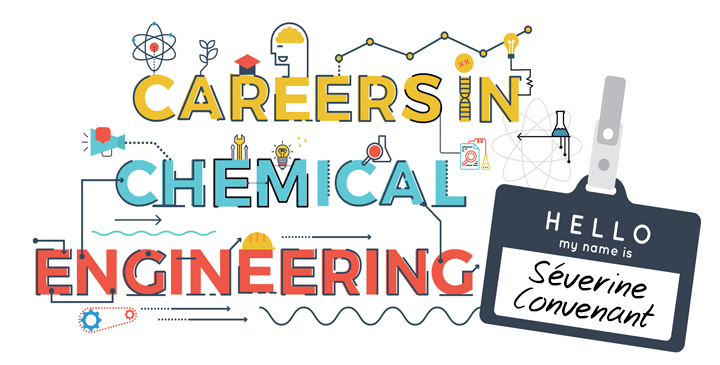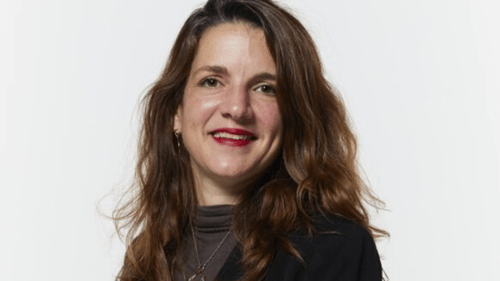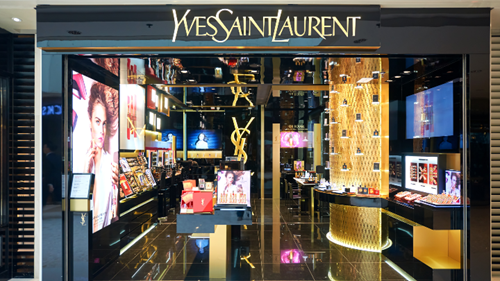Careers in Chemical Engineering: Health and Safety for Beauty Products

My name is Yasmin Ali and I’m a chemical engineer working in the energy sector. To showcase the breadth of career opportunities in chemical engineering, I am talking to fellow chemical engineers to find out what they do, how they got there, and why they do it. For this instalment, I spoke to Séverine Convenant, an environment, health, and safety director at L’Oréal, based in France

AS THE Europe environment, health, and safety (EHS) director of selective divisions for L’Oréal, Séverine gets involved with a huge variety of activities.
“The topics are really wide,” she told me, illustrated by the meetings she had on the day we spoke covering lost-time accidents, energy consumption, water reduction, and fire prevention.
Many of us are familiar with L’Oréal’s beauty products, but Séverine explained that the business is split into four divisions. Luxe, for top of the range products with brands like Lancôme and Yves Saint Laurent; dermatological beauty, home of La Roche Posay, Vichy and CeraVe; professional products, like those used by professional hairdressers; and consumer products, the likes of Garnier and Maybelline, as found in supermarkets. Séverine’s EHS role covers the first three divisions, a total of seven sites across Europe.
While the cosmetics industry produces a huge range of products – perfumes, skincare, haircare – the manufacturing processes do not generally involve complex chemical reactions. “We mix ingredients, pack, and sell them,” Séverine said, while highlighting to me the risks associated with handling flammable liquids. Across the sites she is responsible for, her main priority is sharing information. That could be good EHS practices, information about accidents, or other relevant events. Her expertise in specialist areas like ergonomics, fire prevention, and process safety management are also needed for the job.
Changing career direction
Séverine thought about studying mathematics but found it too theoretical without enough practical application. Chemical engineering appealed, and a year out from university studies into work changed the course of her career.
“My first idea was to be a chemistry and physics professor in university.” However, after six months of working at a university, and six months in industry, the latter won out, and her final year of engineering study presented a new area: quality, environment, health, and safety.
“I really enjoyed it, so I had my last internship in this field on a L’Oréal site,” and this was followed by a Master’s in the subject before embarking on a career in EHS with the company.
After eight years of moving around different sites, including a shampoo and conditioner factory in the middle of a French forest, and a site which handled flammable gases for canned products like hairspray and deodorants, she decided to try something different and landed a role in raw materials purchasing. However, three years on, she returned to EHS.
“I have health and safety in my DNA,” she said of her switch to a health and safety corporate team. This covered administrative, research and innovation, factories, and distribution centres worldwide. Séverine oversaw ergonomics, process safety, and audit before taking on her current role in early 2023.
Improved packaging

Having started as an intern with L’Oréal in 2009, I asked Séverine what her highlight has been.
“I started a big project I really loved when I was in raw materials purchasing. I kept some EHS aspects,” she said before going on to describe a site that made a base product which was sold to other L’Oréal group sites to produce finished makeup goods. Each year, hundreds of tonnes of this product were packaged and moved in 10 kg boxes; a manual handling, productivity, and waste problem. It may sound simple to make a change, but despite the onsite team’s requests, no one had managed to turn it into reality. It took Séverine about five years of perseverance to get the switch from the small boxes to larger bags, a positive for all those involved onsite.
Outside of work, Séverine loves dancing, sports and spending time with her husband and two-year old daughter. She now lives outside of Paris, and also enjoys DIY and being in the garden – although she does not work from home or the office very often, placing high value on spending in-person time with her sites.
“I love being connected with the operations, being on the shop floor. I also take time to train and help people,” which explains why she enjoys working in EHS; collaboratively sharing information and caring about people.
Shattering perceptions
Finding being a woman in health and safety difficult at the beginning – “when I started, they called me a policewoman” – she had to prove her knowledge before gaining the trust of those around her, something her male counterparts did not face in the same way. Despite this, she has thrived in the discipline and wants to pass on the message that other women with families can have similar roles to hers, shattering the perception that environmental roles are for women and safety roles for men.
“Today, skills for safety are around communication, so people understand the why of the safety,” she says. “You can combine family and personal life with professional responsibilities. This is the message I try to share as much as possible.”
Recent Editions
Catch up on the latest news, views and jobs from The Chemical Engineer. Below are the four latest issues. View a wider selection of the archive from within the Magazine section of this site.




